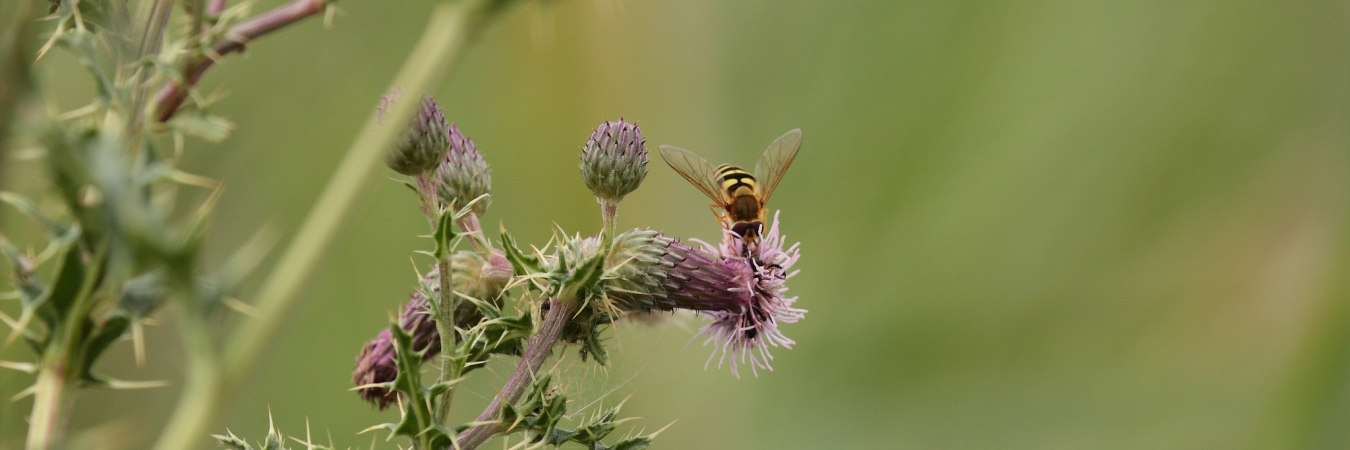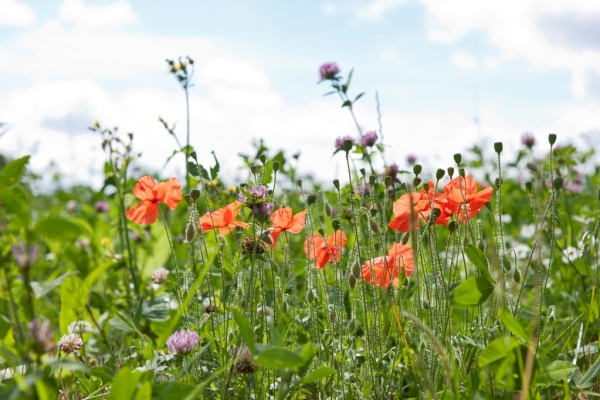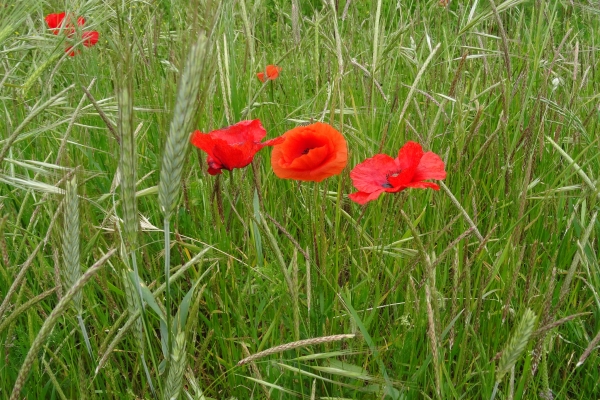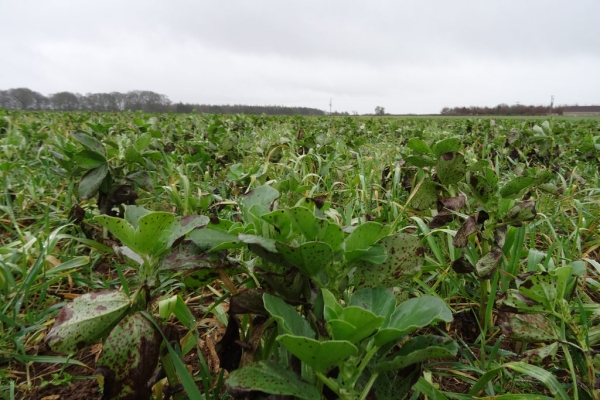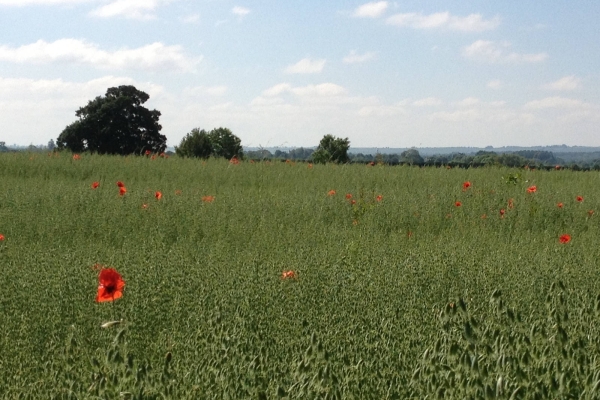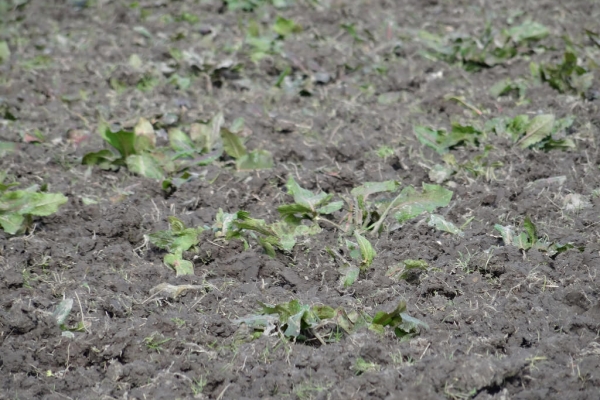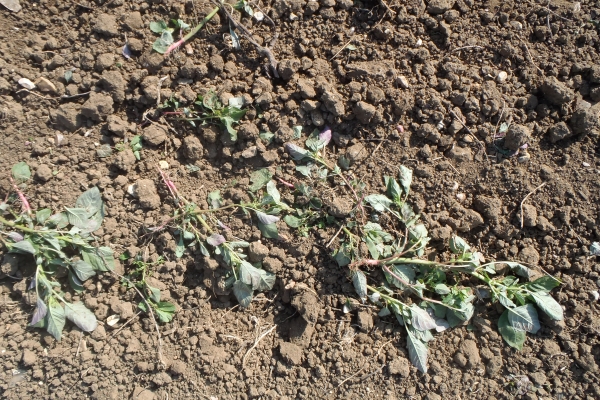Creeping Thistle Technical Guide
Successful control in organic farming
Resource explained
Creeping thistle (Cirsium arvense) has become an increasing problem particularly on organic arable farms with soils of higher organic matter content. It competes with crops for water and nutrients and once established, mechanical removal is difficult. By following some rules of plant cultivation, in combination with direct methods, it can be effectively controlled. This technical guide, produced as part of the Organic Knowledge Network Arable Project, outlines farming practices which can cause problems with creeping thistle, basic rules for prevention, ways thistle infestations can take hold, and a ‘three-step approach’ to control. This covers actions you can take to prevent thistles from establishing in the first place, removing single plants and impeding new growth, and how to prioritise intensive mechanical control and intensive greening when faced with extensive spread. The guide includes a useful table showing green manures and catch crops which have good thistle-controlling effects.
Findings & recommendations
- Basic rules for thistle prevention include restricting the proportion of cereals in a crop rotation to 50%, hoeing instead of harrowing, immediately tilling and re-sowing failed grass-clover and grass-lucerne crops, and preventing the relocation of nitrogen into lower soil layers with the cultivation of catch crops or well-established winter crops.
- In the cycle of the thistle roots, reduced reserves at the beginning of April can be exploited for control. Thistles react most sensitively to disturbance at that time.
- First colonisation of a field can most effectively be prevented by frequent competition for light, nutrients and water. This can be achieved by balanced crop rotations, water-permeable soils, dense plant stocking, and frequent mowing for forage production.
- Competitively strong crops against creeping thistle are listed as being: lucerne, grass-clover, winter field beans, forage peas, spelt, rye, triticale and long-straw wheat, oats, potatoes, maize, sunflowers, and rape.
- The cultivation of fast-growing and cuttable catch crops impedes the spread of thistles.
- Repeated, focused tillage combined with cultivation of densely growing, and ideally perennial crops has proven effective in remedying extensive infestations.
- For livestock farms, sowing a perennial intensive-use forage-crop mixture is the most reliable measure against thistles.
(Header image: Creeping thistle Circium arvense, Snape Marshes, Suffolk. Photo credit: Natural England, Paul Lacey)
